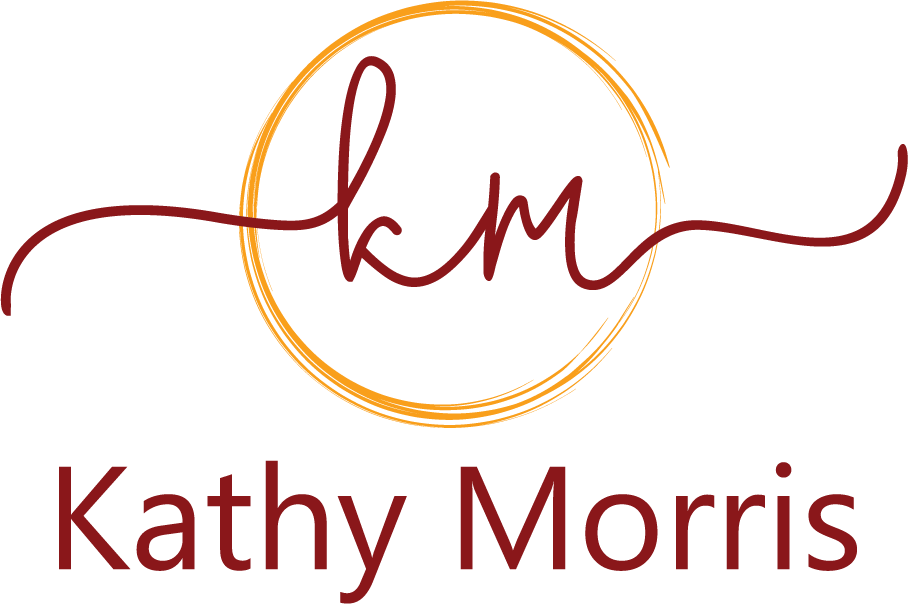It is the execution that really differentiates a Virtual Meeting from a Zoom call.

Presentations don’t have to be live
In a live meeting, it would be difficult to disguise the playback of a recorded presentation. In the virtual world, that is not the case. Whether it is for the convenience of the presenter, to provide a more complete view of the subject matter or to control the running time, presentations can be recorded in advance.
- A professional crew can be dispatched to a presenter’s home, office or other subject-relevant location. Or a convenient studio location can be arranged.
- If budgets are constrained, a modest desktop tripod and microphone can enable a smartphone recording of the presentation.
- Or presentations can be recorded remotely over Zoom or Teams.
Any of these techniques address the travel restrictions and social distancing concerns we are currently facing (and will continue to face) for much of 2021.
One of the advantages of a recorded presentation is editing in (slides, other graphics and video) and out (mistakes). It helps control the length of the presentation and the presenter(s) can still be available for Q&A at the end. (And if they dress in the same clothes, the audience need not know that the presentation was recorded.)

Managing Director Matt Goudy practices with the TelePrompTer during the Thursday evening rehearsal.
Live presenters need to rehearse
All of the presenters could present remotely,
but when the marketing team for a product sees the meeting as an opportunity to get together, you find a way to facilitate that request.
You can turn their offices into a studio,
which was our initial plan until a site survey revealed that there was neither space large and quiet enough nor could we be guaranteed sufficient bandwidth for the stream. The decision was reinforced when their city became a COVID hot spot and the offices were shut down.
You can rent a studio,
which is what we did, complete with enough room for social distancing and a spacious Speaker Ready (or Green) Room where presenters could watch the Virtual Event while waiting for their turn to present.
Presenting in a studio can be intimating
Familiar with sitting at their desk and smiling into their webcam, presenters now found themselves staring down the lens of a studio camera with a TelePrompTer hanging in front of it.
Or, looking at it from an in-person meeting perspective, familiar with standing behind a podium or striding a stage and looking out across a ballroom at hundreds of familiar faces, presenters now found themselves staring down the lens of a studio camera with a TelePrompTer hanging in front of it.
As with video recording, presenters had to learn to look past the lens and maintain eye contact with the audience— from whom they would get no approving nods, thunderous applause or quizzical stares.
In the hands of professionals, even a Zoom call can feel like the Nightly News
The Studio was close to the client’s office in Nashville, TN, Master Control—to which I referred earlier—was in Denver, CO and the Platform was “in the cloud.”
Audio and video streams converged in Master Control from the Studio and remote locations. Remote presenters originated from their offices, homes or wherever they happened to be. The Technical Director (located in Master Control) selected single shots (or pre-configured multiple presenter views), graphics or video and pushed them to the Platform.
- To the presenters, looking at the program output of the switcher in Denver on a monitor set between the two cameras in the Studio in Nashville, it felt like a Zoom call in real time.
- To the Virtual Meeting audience, that conversation was embedded in the Platform along with access to all of the information the Platform had been designed to provide.
Because audio was live in the Studio (so that studio-based presenters could comfortably interact with remote presenters and with Master Control) the studio crew had limited voice communication with the technical team in Master Control.
An app on the crew’s cell phones allowed push-to-talk communication during the production. But the challenge of being 1,156 miles apart (instead of behind the curtain or on the other side of the glass in the control room) made last minute client changes a challenge.
Despite the challenges, we incorporated many of
the production elements you would expect from the Nightly News.
- Videos had a consistent, theme-based opening animation.
- Each session had a recorded voiceover introduction and title slide.
- Each presenter was identified with an animated lower third name and title the first time they spoke.
- Platform graphics displayed next session start times.
The professional team in the Studio (producer, camera operators, TelePrompTer operator, audio engineer, encoding engineer) ensured that audio, video and the encode was optimal moving to Master Control and back into the Studio. The professional team in Master Control (producer, graphics operator, technical director, project manager) ensured that the feed going to the audience was synchronized and optimized.

All videos, graphics and presentations were pushed to the Platform from Master Control in Denver, Co.
